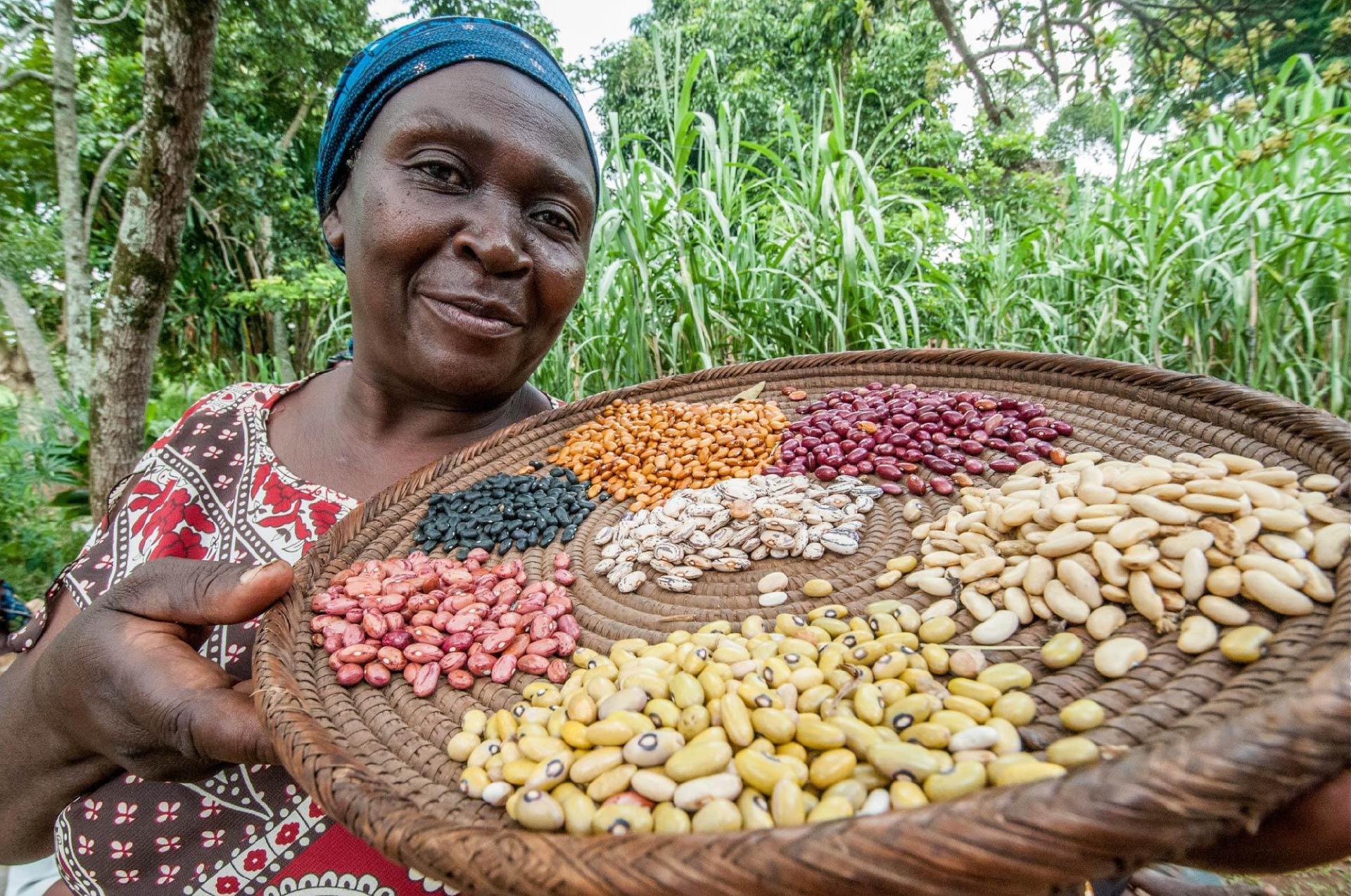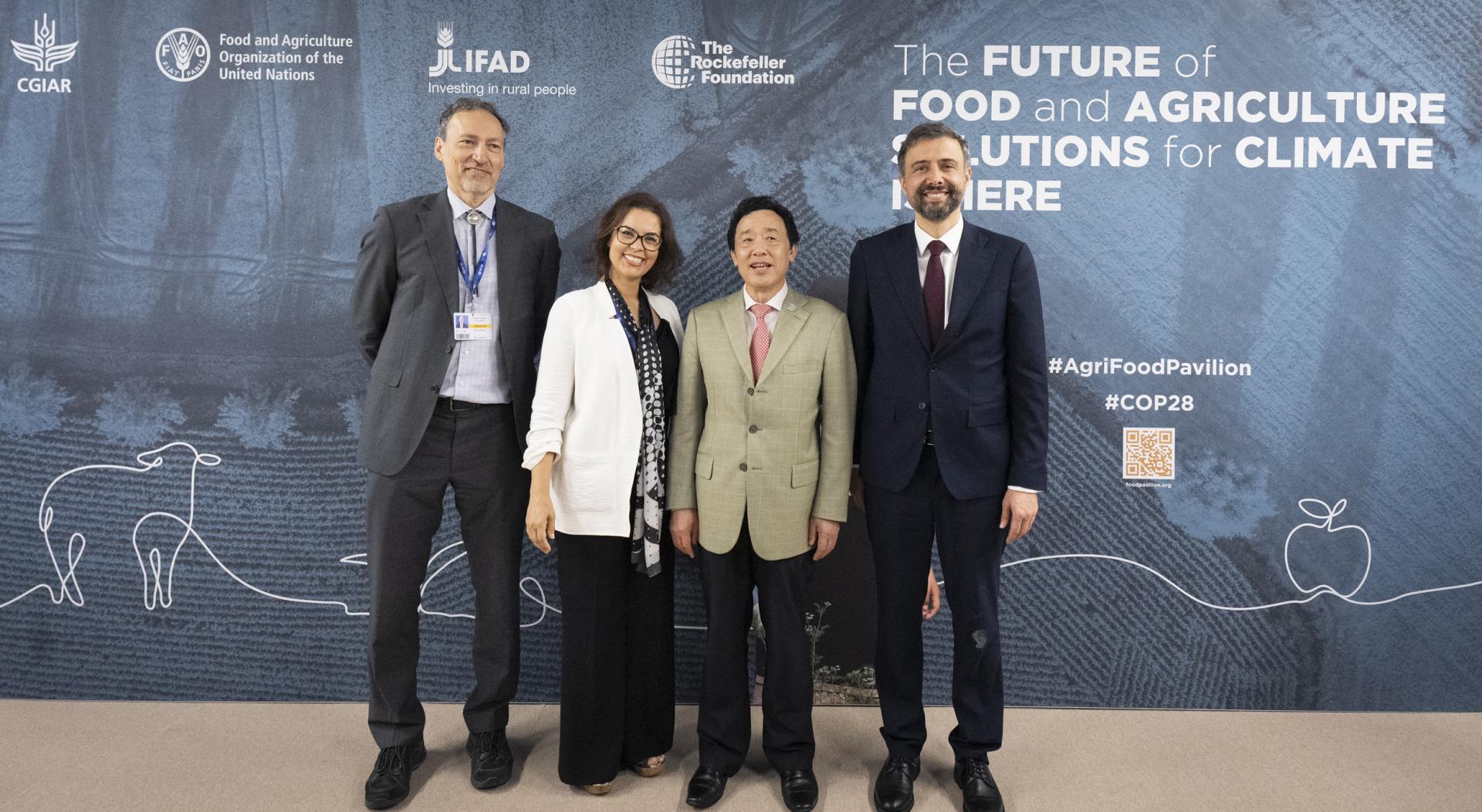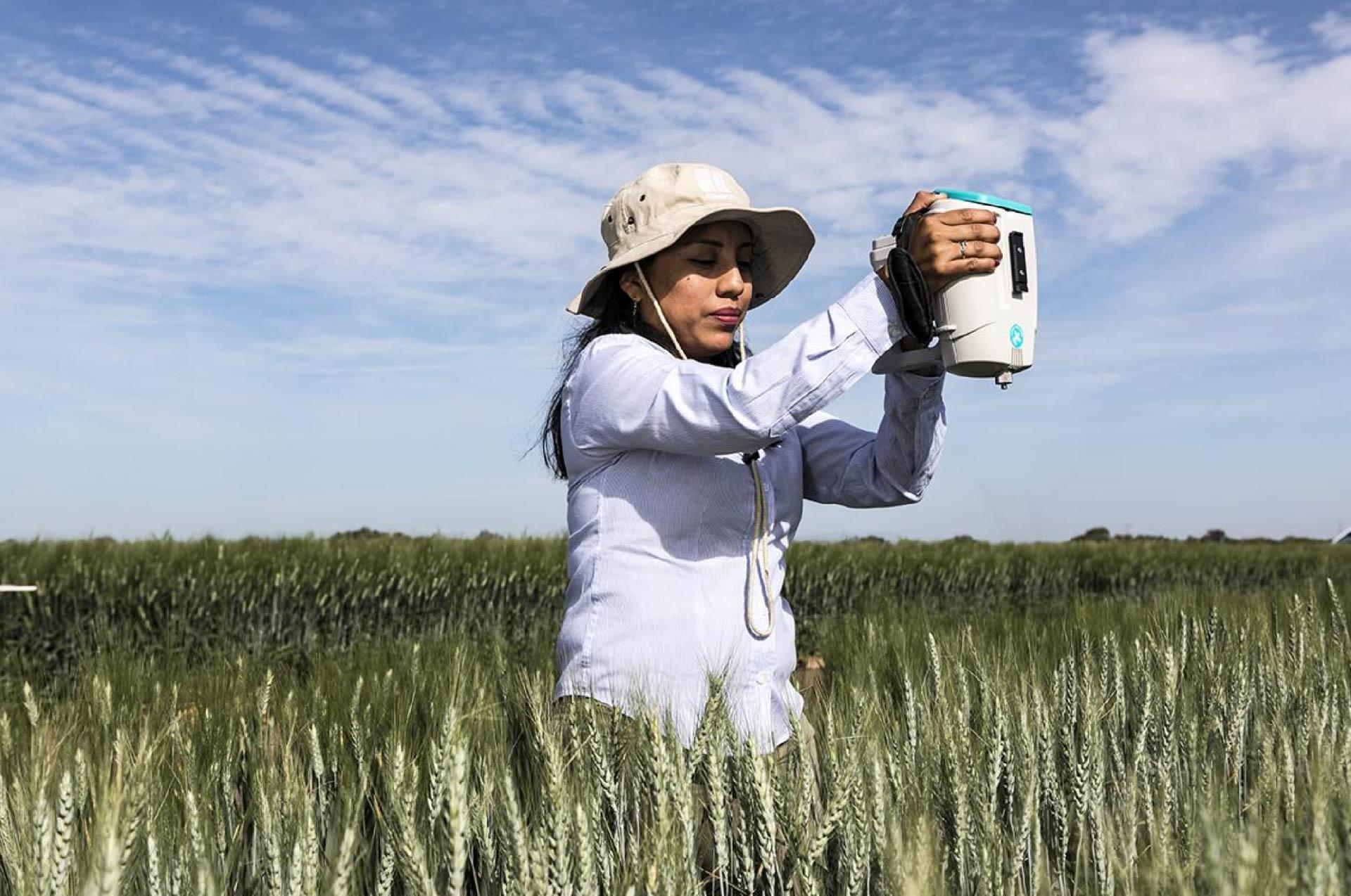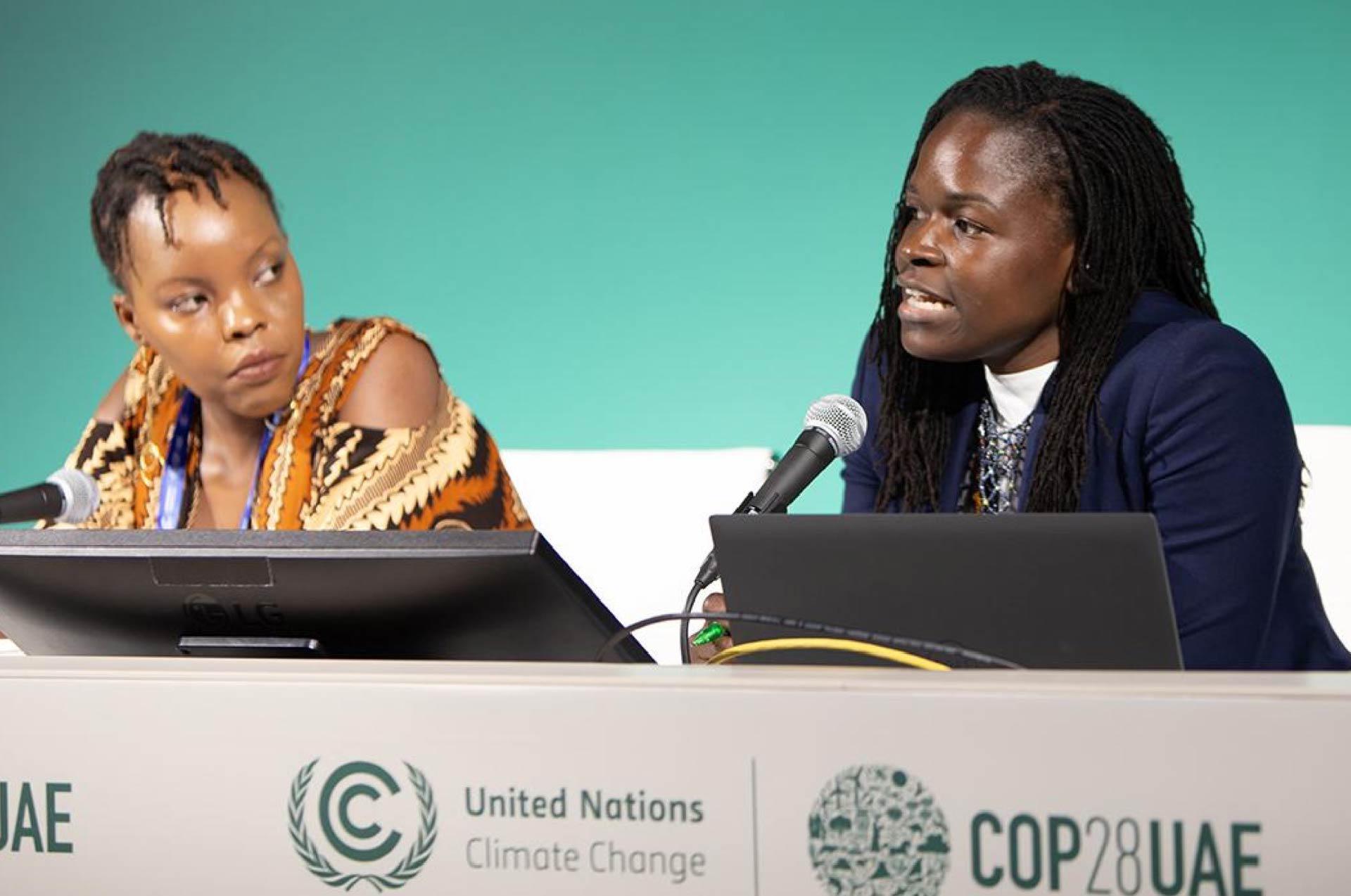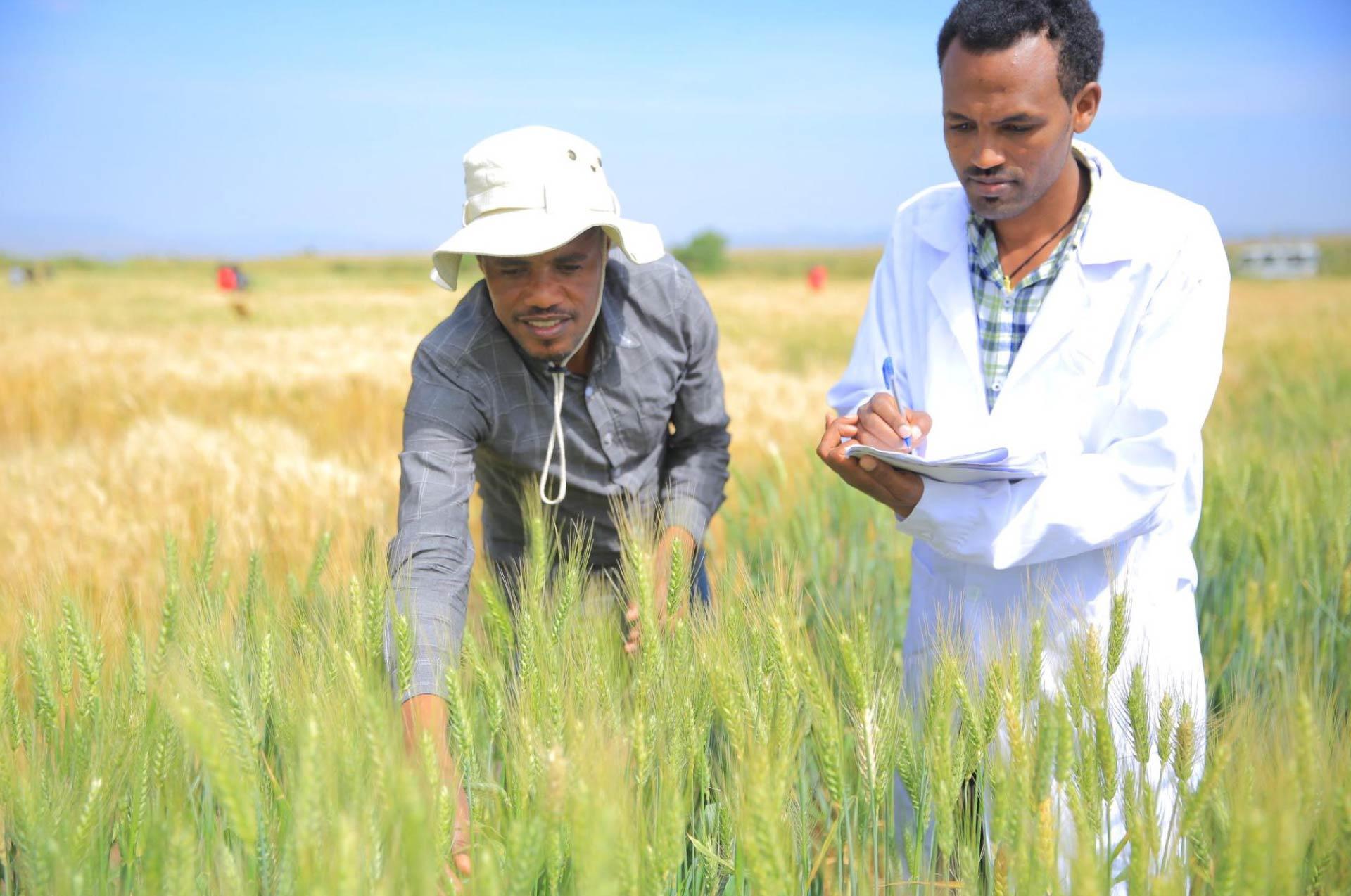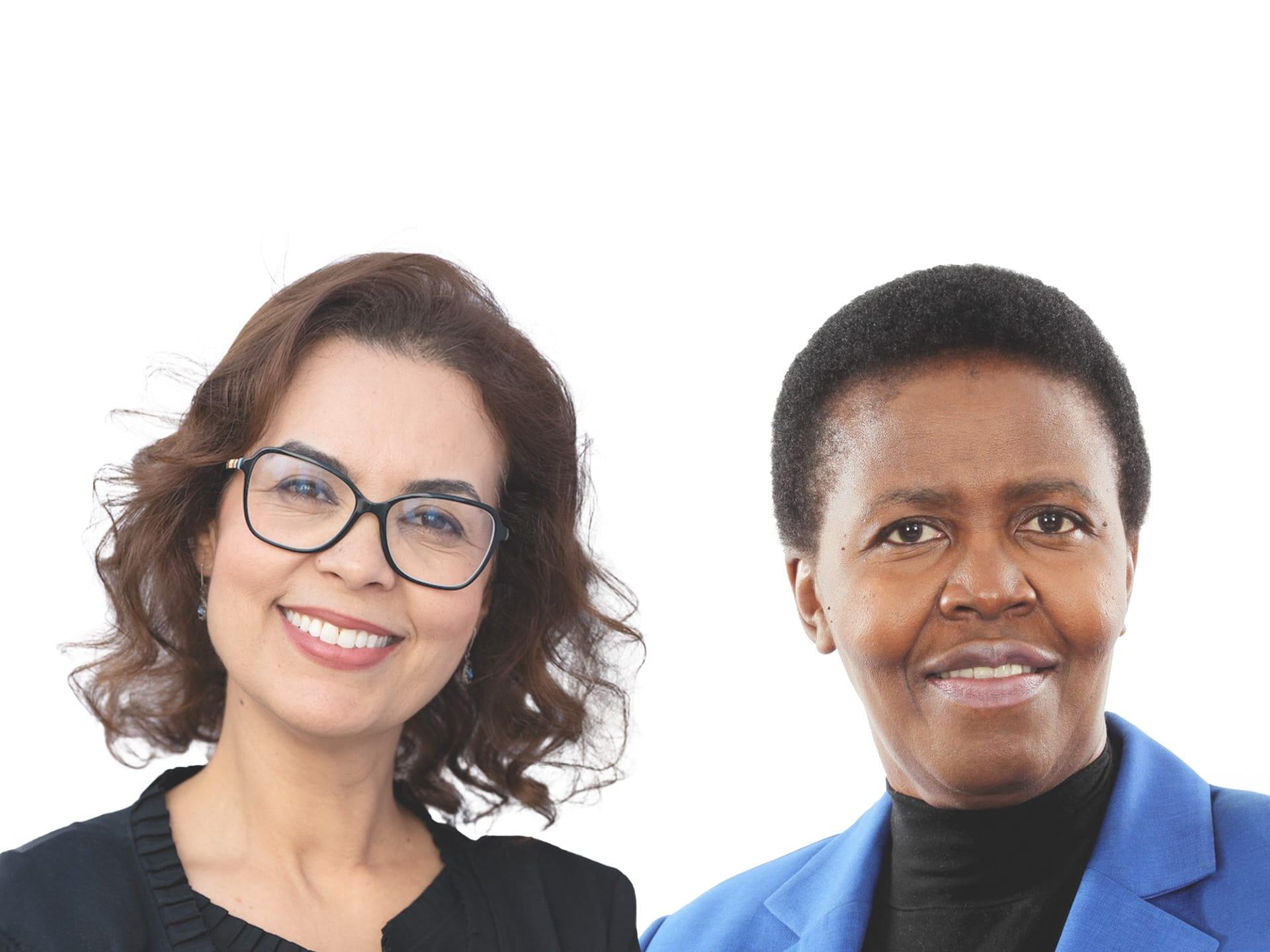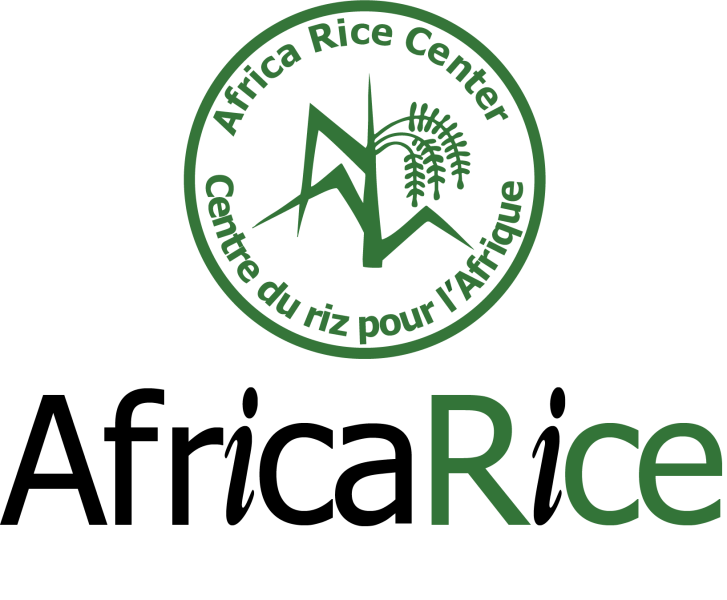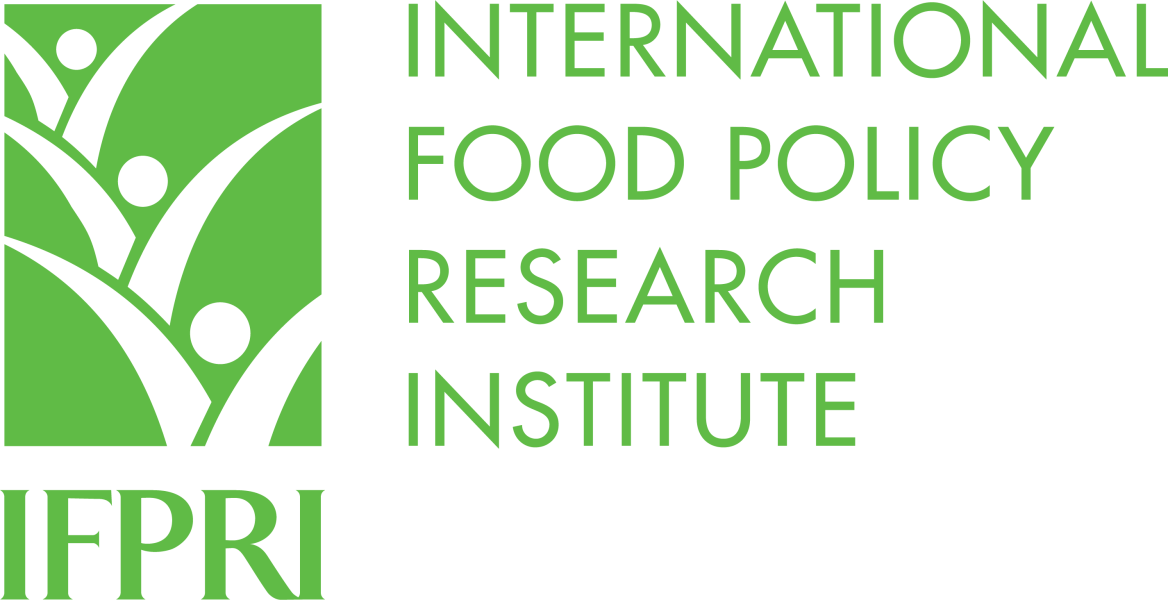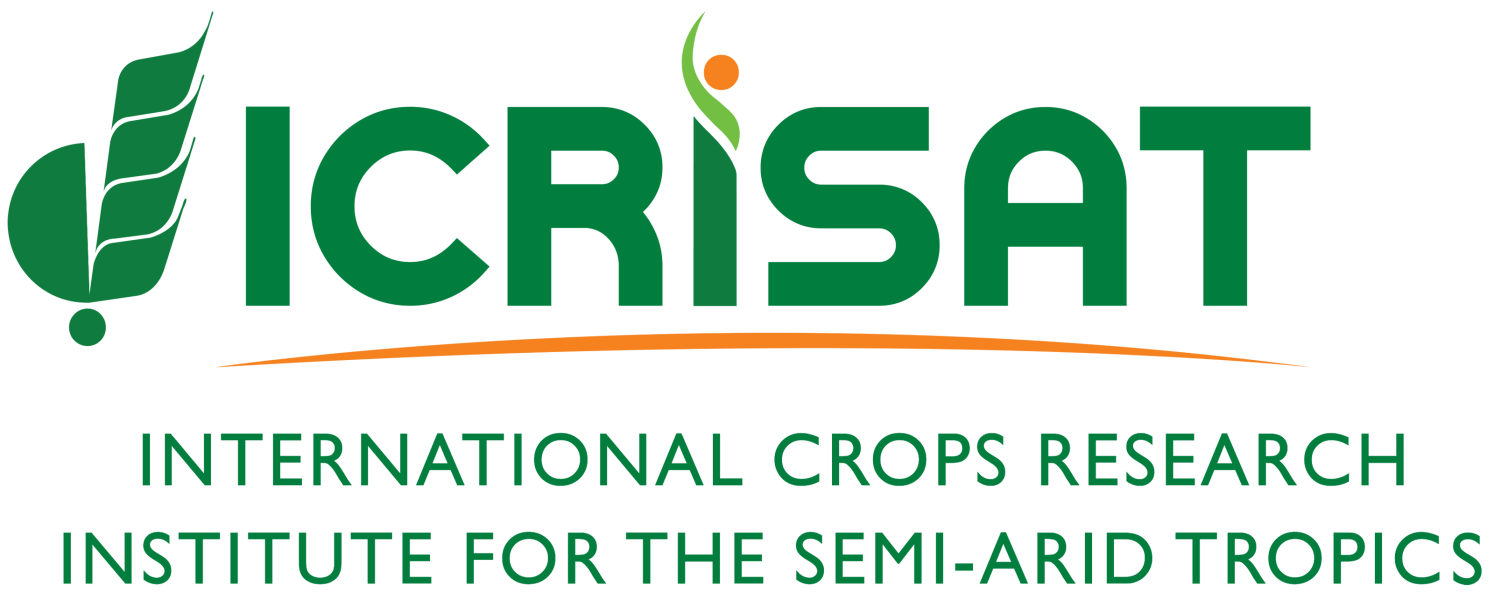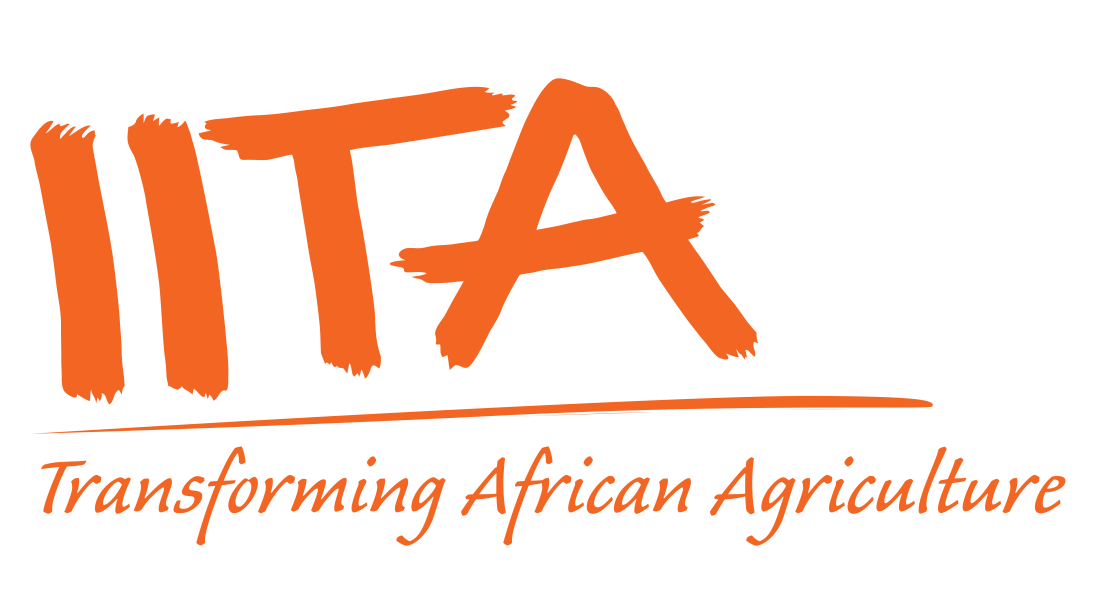CGIAR continues to build and grow its network of partners around the world, acknowledging that food, land, and water systems transformation, as well as meeting the SDGs by 2030, require an “all-hands-on-deck” approach. Through collaboration and cooperation, CGIAR and its partners are delivering solutions to address the pressing challenges of poverty, hunger, malnutrition, climate change, social injustice, and environmental degradation.
Between 2022 and 2023, CGIAR substantially expanded its collaborative network, establishing partnerships across research, innovation, scaling, and advocacy domains. The total partner count increased from 1,963 to 2,376 – a remarkable rise of more than 20 percent (Figure 1). This growth underscores CGIAR’s heightened commitment to collaborative alliances, involving partners extensively in the conceptualization, execution, and assessment of its research and development efforts and their subsequent outcomes. It is important to note that these numbers do not cover the bilateral partnership efforts of individual CGIAR Centers, for which detailed partnership data were unavailable.

Figure 1. Number of CGIAR partners, 2022–2023.
Source: CGIAR Results Dashboard, accessed on 1 May, 2024.
In 2023, Initiatives/Impact Platforms/SGPs collaborated with an average of 174 partners (Figure 2). This Portfolio-wide average, however, conceals a considerable degree of variation among Initiatives. It comes as no surprise that the scale of the budget for reporting entities correlates strongly with the extent of its partnership network. Overall, Initiatives falling under the GI Science Group exhibited a higher level of partnership engagement compared to Initiatives in other Science Groups or Regional Initiatives.
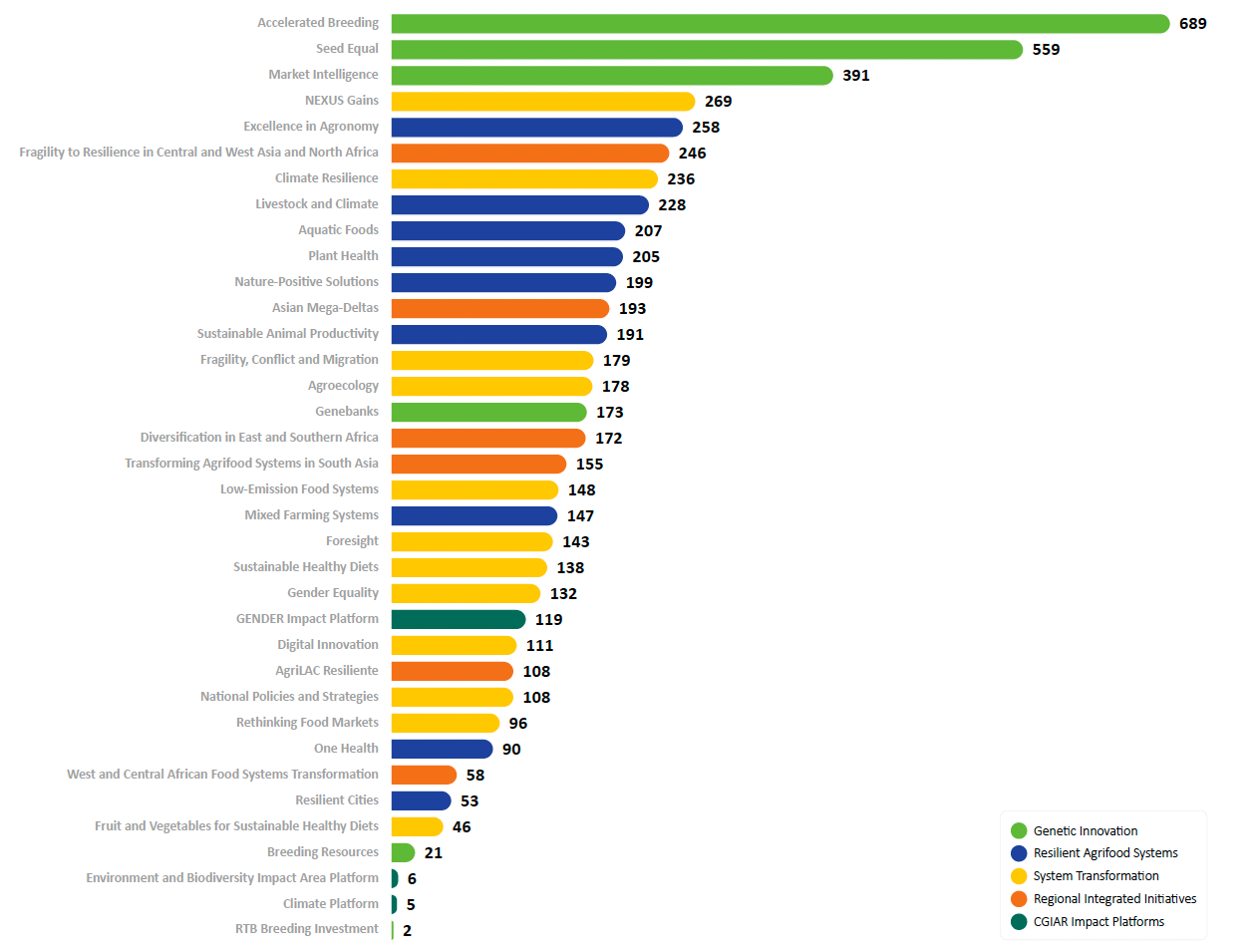
Figure 2. Total number of partners by Initiative/Impact Platform/SGP, 2023.
Source: CGIAR Results Dashboard, accessed on 1 May, 2024.
In 2023, research organizations and universities constituted roughly half of CGIAR’s partnerships (Figure 3). Private companies and government agencies each accounted for 15 percent, while the remainder included NGOs, international organizations, financial institutions, foundations, and other entities. During the period spanning 2022 to 2023, there was a marked increase in the total number of partners across all categories, except for financial institutions.
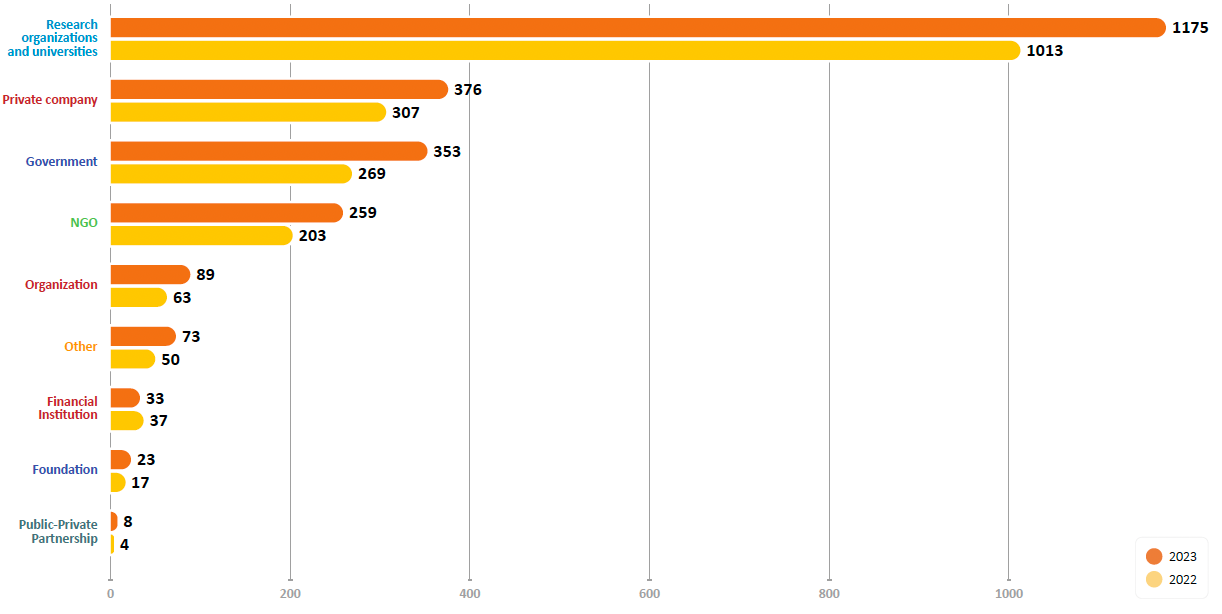
Figure 3. Total number of partners by type, 2022–2023.
Source: CGIAR Results Dashboard, accessed on 1 May, 2024.
A closer look at the origins of CGIAR’s partners unveils interesting distinctions. In 2023, most partners – 65 percent – were from the global South, a slight rise from the preceding year’s 63 percent share. Noteworthy is that nearly 40 percent of the research organizations and universities collaborating with CGIAR are based in the global North (Figure 4).
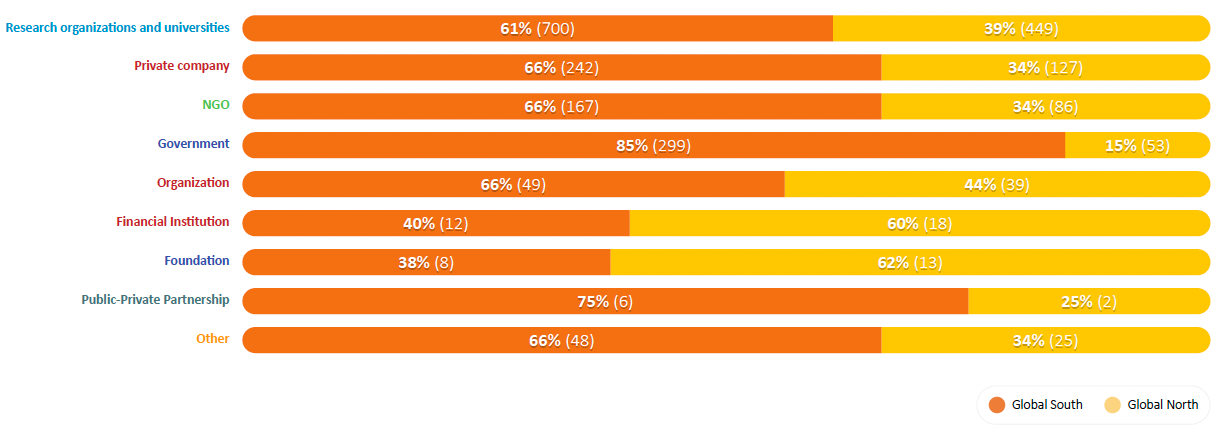
Figure 4. CGIAR partner types segmented by global North and global South origins, 2023.
Source: CGIAR Results Dashboard, accessed on 1 May, 2024.
CGIAR’s partners can be categorized into four broad groups: demand partners, innovation partners, scaling partners, and others. Demand partners have explicit or implicit needs to address specific developmental challenges or capitalize on opportunities. CGIAR provides these partners with scientific and technical support, along with policy and investment guidance. These partners bring deep context- and subject matter-specific knowledge, collaborating with CGIAR to shape interventions. Major partners in this category include the Ministry of Agriculture and Rural Development (MARD) in Viet Nam, the Kenya Agricultural and Livestock Organization (KALRO), and Uganda’s National Agricultural Research Organisation (NARO).
Innovation partners are those with whom CGIAR co-invests and collaborates to develop customized innovative solutions and enhance readiness for innovation to contribute to impactful outcomes in upstream science, applied research, and context-specific innovation testing, adaptation, and validation. Key partners here include Wageningen University and Research Centre in the Netherlands, the French Agricultural Research Centre for International Development (CIRAD), as well as various larger national agricultural research institutes in Africa and Asia.
Scaling partners are collaborators with whom CGIAR works to promote the adoption and utilization of innovations at scale, encompassing technologies, methodologies, practices, and policies. This involves advocacy by both private and public sector entities to influence policies and business practices. Partners in this category include various larger African and Asian national agricultural research institutes, as well as the FAO and the WFP.

Figure 5. Top 10 partners by delivery type, 2023.
Note: A partner can contribute to a result with more than one delivery type. Therefore, the result of all types can be more than the total number of results associated with a partner.
Source: CGIAR Results Dashboard, accessed on 1 May, 2024.
In 2023, Initiatives/Impact Platforms/SGPs reported that 52 percent of knowledge products, such as journal articles, book chapters, working papers, videos, and briefs, were developed with partners (Figure 6a). Additionally, 94 percent of CGIAR innovations that same year were developed in close collaboration with partners (Figure 6b). Research organizations and universities emerged as the primary partners in the production of both knowledge and innovation products.
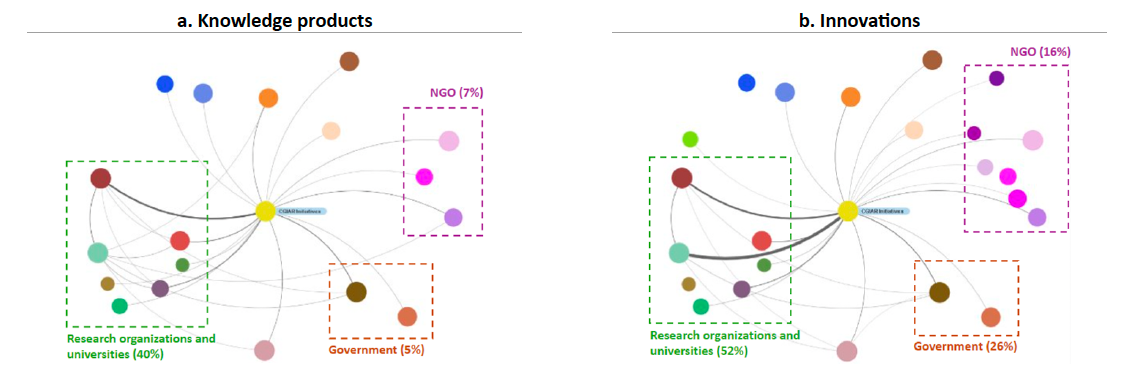
Figure 6. Share of CGIAR knowledge and innovation products developed with partners, 2023.
Note: Node size is by number of results, leading or contribution. Edge size is by number of results. The network is filtered by results between partner typologies > 30. A result can have several partner typologies. A 'partner' is classified as organizations or individual stakeholders that the CGIAR collaborates with to achieve its goals. Partners can also be beneficiaries of CGIAR’s interventions.
Source: CGIAR Results Dashboard, accessed on 1 May, 2024.
In 2023, CGIAR continued to develop foundational elements of its approach and strategy for its engagement with partners. Noteworthy was the preparation of CGIAR’s Engagement Framework for Partnerships and Advocacy, Version 2.0 (EF 2.0), which took into consideration the recommendations of the System Board-appointed independent High-Level Advisory Panel’s (HLAP) report, On Improving One CGIAR’s Strategic Engagement with Partners, as well as insights from across CGIAR and partners. EF 2.0 aims to build a robust network of resources, expertise, and innovative capabilities for the co-creation and effective scaling of research innovations toward greater impact. It was engineered to harness the collective strength and diversity of global, regional, national, and local partners and catalyze healthy, equitable partnerships built on mutual trust and purpose. EF 2.0 was approved by the CGIAR System Board in early 2024.
In late 2023, CGIAR partnered with The Partnering Initiative (TPI), a leading international NGO dedicated to unleashing the power of partnerships for a prosperous and sustainable future, to create a roadmap to develop a CGIAR Partnerships Strategy. This partnerships strategy will be constructed in 2024, accompanying, complementing, and building off the new Mega Programs. The aim of the partnerships strategy is to (1) articulate CGIAR’s vision of how it wants to show up as a partner, based on a clear, shared partnership definition, and aligned with partnership principles; (2) define intended partnership value-added, i.e., organizational value to CGIAR and its partners; (3) create a systematic, consistent partnering approach (e.g., common language, tools, templates and processes); and (4) assess whether partnerships are achieving the aspired value, as well as continuously learning and improving.
Finally, a key element of CGIAR’s enhanced approach to engagement with partners was initiated through its capacity sharing for development (CapSha) function. CapSha aims to serve as a vehicle for CGIAR to significantly improve its engagement with partners in the global South, particularly by embracing a new approach to capacity development at the individual, institutional and System-level. This new model of engagement is based on mutual learning, and the co-development, sharing and exchange of evidence, innovations, and technologies with partners, versus the traditional unidirectional transfer of knowledge and skills. Noteworthy was the launching of CapSha’s “Research Engagement” prototypes in Ethiopia, Rwanda, and Senegal. Through these, CGIAR is supporting NARS partners to develop sustainable capacities, employing a “learning-by-doing” approach in which they lead research efforts that address national priorities and contribute to jointly defined impact outcomes with CGIAR Research Initiatives. These projects are expected to last through 2025.


